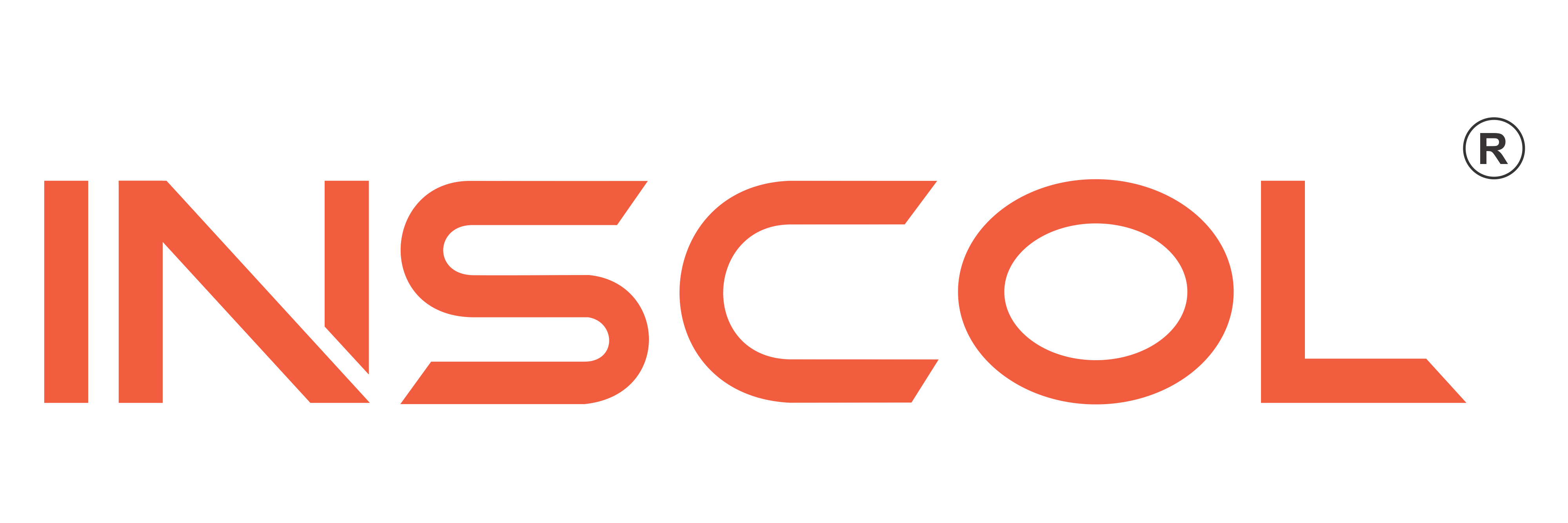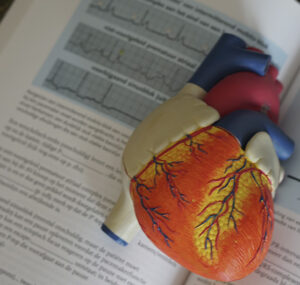When people understand the fundamental concepts of health and well-being such as illnesses, routines of treatment and care, bodily functions, and so on, they are described to have proficient health literacy knowledge and skills.
The nursing professionals in Canada along with physicians and other medical professionals play an important role to make sure that patients understand varying health-related problems. This knowledge improves health literacy and helps to maintain well-being.
Nursing includes patient care, promoting wellness, preventing diseases or illnesses, and providing care to each patient regardless of their age, group, and community. For nurses who care for different patient populations, health literacy is an important competence that they can offer.
Below mentioned information highlights how nurses can improve health literacy. Before proceeding, we must know about the importance of health literacy.
Importance of Health Literacy:
Health literacy is about being aware of cognitive and social skills that determine the motivation and ability of an individual to gain access, understand, and use information in methods that promote and maintain good health. Maintenance of proficient health literacy standards is important because poor health literacy increases a person’s risk of following problems.
- Not getting timely treatments that can eventually lead to suffering.
- Taking medication incorrectly or making other dangerous mistakes.
- Facing treatment outcomes that may be poor than those with more advanced health literacy.
- Requiring treatment and other services to a great extent than those with good health literacy.
Nurses should maintain health literacy because it is a contributing social factor that influences health outcomes as well. From the time when nurses are completing their nursing education, they are taught to empower and engage patients. Doing so can retrieve health services and enable people to make informed decisions by implementing health information.
Integrating Health Literacy in Nursing Practice & Education:
Nursing professionals are uniquely positioned to offer care that improves effective communication and is respectful for all patients. This is why the nursing faculty suitably educates the students during nursing courses in Canada about the implications of low health literacy. Hence, students are able to integrate health literacy principles with their practice while having the ability to offer patient-centric care that improves patient safety, experience, and outcomes.
Although there are many ways to integrate health literacy principles into patient care and education, one of the most important is educating nurses about a universal precaution approach. The nursing colleges in Canada teach nursing students to never assume someone’s health literacy levels based on how they look, their occupation, or the number of years of education they have completed.
Everyone’s health literacy skills are fluid and context-dependent and everyone may experience low health literacy at some times. Additionally, nurses can integrate health literacy by using plain language when speaking with patients. They must use jargon-free words while discussing medical information. Any attempt to individualize the words that the patient is already familiar with will enhance a patient’s understanding. All patients will benefit from the use of plain language.
Next, assessing the patient’s understanding of information by using the teach-back method also helps to integrate health literacy in nursing practice. Following this, nurses can explain the information, and respectfully ask if the patient can repeat the information in his or her words. Following this, nurses can re-explain the information if needed and again check for understanding if the patient is able to state it correctly. This shouldn’t be a quiz for the patient but just a way of ensuring that the patient has really understood everything.
How Can Nurses Help?
For effective health literacy, healthcare professionals including nurses and nurse managers should inform patients about preventive healthcare measures and actions that treat their healthcare problems.
The nursing professionals can use the following methods for improving health literacy among the patient populations.
- Ensuring Effective Interpersonal Communication:
Maintaining safe and effective interpersonal communication between health professionals is important for safe and high-quality healthcare. Ineffective communication is cited to be an important cause of adverse events and complaints about healthcare. This is the reason why students enrolled in nursing courses in Canada are taught to organize, present, and communicate important information to patients in the right ways.
Many evidence-based interpersonal communication methods are effective for health professionals to use in clinical practice for improving interpersonal communication. Nurses are urged to be aware of health literacy. They must use a range of communication strategies in clinical practice with all patients.
A couple of effective strategies include encouraging questions, follow-up phone calls to clarify discharge communication, and encouraging a support person to accompany patients during interactions.
- Creating a Welcoming Environment:
One of the common barriers to maintaining proficient health literacy is a lack of trust in the healthcare providers. Sometimes, patients can feel uncomfortable communicating about health-related problems with the nursing professionals or doctors for different reasons. Barriers like language and cultural difference or a general dislike are an example of that.
Healthcare professionals should not come off as rude, dismissive, or direct. An effective method for addressing health literacy disparity is to form a welcoming environment for patients. This environment can be created if nurses focus on positive communication skills, greet patients with a smile, and maintain eye contact during a conversation.
When the patients feel welcomed and trust that they are being listened to, they will be more than likely to ask questions and extract helpful information. Healthcare professionals can also ask patients whether they feel as though they need more information or have any other questions.
- Introducing Health Material in Written and Visual Format:
The health material in written and visual forms can include important information presented in consent forms, pamphlets, fact sheets, etc. Information customized to fit the consumer needs can address health literacy needs.
The printed information with pictorial representations increases patient comprehension as compared to only pictorial representations.
Patient discharge information combined with printed discharge information is more effective than just printed information. Providing timely and well-written health information supports patients to gain knowledge and participate in decision making. A key strategy to do the same is sharing information and power. Information developed particularly for people with low levels of health literacy can be effective.
- Forming Strong Community Connections:
Nursing in Canada is responsible for going beyond the medical practice to ensure high health literacy rates. This basically indicates that the nursing professionals should partner with local community groups to spread important healthcare information. The information can include reminders to get a vaccination, campaigns to improve screening for diseases or eating nutritious foods, and doing regular exercise.
Nurses can collaborate with community organizations to ensure that health literacy skills are nurtured. In addition, they can also work efficiently with the local communities for making sure that all patients are receiving proper care and required treatments.
- Using Technology to Connect with More Patients: Many technological developments have been seen in the healthcare field until now. For example, the telemedicine solutions and patient care portals allow the patients to communicate with medical professionals.
At present, many healthcare organizations are training the nursing workforce to use the technological tools for reaching a wide range of patients at once. The nurses use various patient portals as an important tool for delivering health information such as treatment directions and test outcomes.
Another effective way to assess and treat different patients is by using telemedicine techniques. It is extremely beneficial for patients in rural areas and for those who have limited mobility. Nurses and other medical experts can link with underserved patients while focusing on methods to improve health literacy levels with the use of technological tools.
Conclusion:
Nursing professionals work hard to improve healthcare literacy skills among the patients and implement useful strategies to make informed decisions that improve patient care. They embrace the skill to effectively deliver health information, treat underserved patient populations and improve treatment outcomes.
If you are thinking to pursue nursing education and become a nurse, one your key responsibilities would be to keep patients informed and ensure that they understand health literacy.






